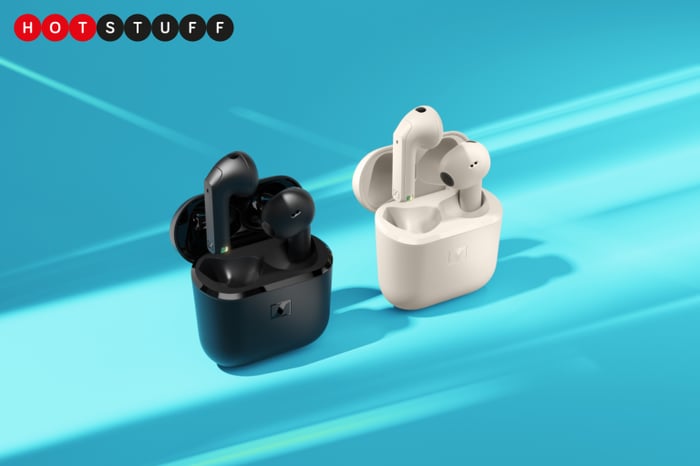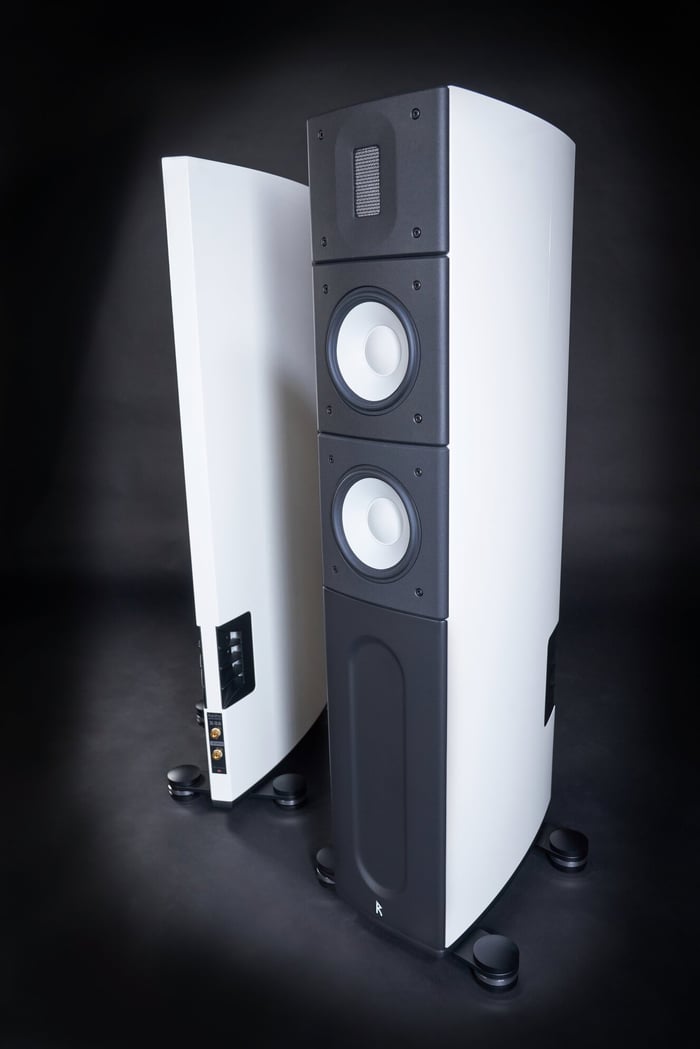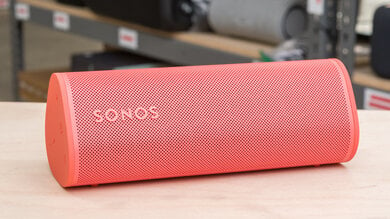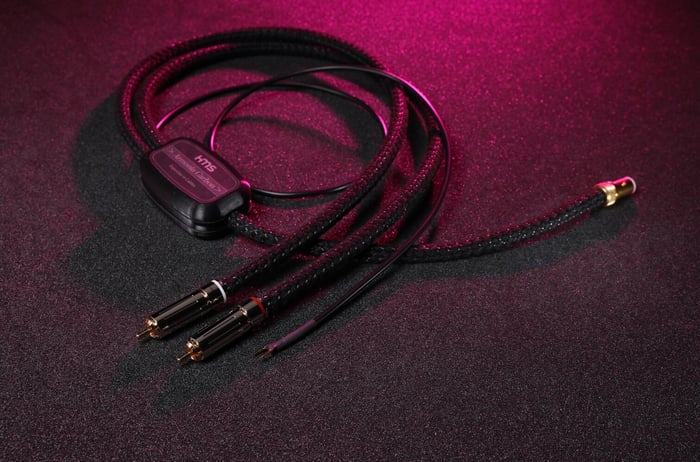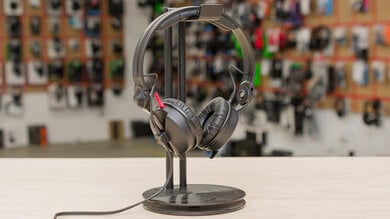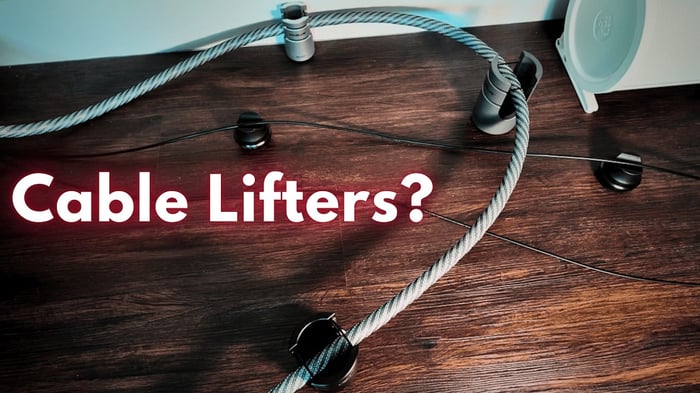
Via Blue Rocket Cable Lifter System: Complete Briefing and Review
Via Blue Rocket Cable Lifter System: Complete Briefing and Review
Explore how the Via Blue Rocket cable lifter system enhances cable management and signal clarity with practical design and thoughtful engineering.
Introduction to the Via Blue Rocket Cable Lifter System
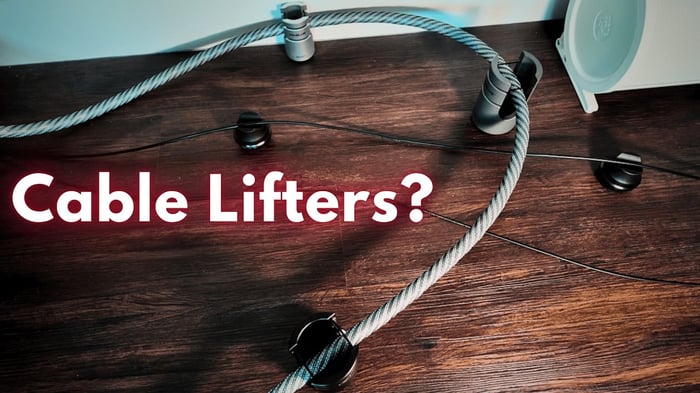
The Via Blue Rocket cable lifter system elevates and organizes your audio cables with style and function.
If you’ve ever wrestled with a jungle of cables under your audio setup, the Via Blue Rocket cable lifter system might just be the game changer you need. I’ve been using these lifters for several months now, and they’ve proven useful and even enjoyable to work with. Let’s dive into what makes this system special and how it could benefit your own setup.
About Via Blue and the Rocket Lifters
Via Blue, a reputable cable and accessories maker based in Germany, designed the Rocket and Rocket XL cable lifters to bring order and efficiency to complex audio setups. As someone who frequently wires and rewires my reference system, I immediately recognized the potential benefits of these lifters. But beyond personal preference, it’s important to understand their purpose so you can decide if they fit your needs.
The concept behind the Rocket is straightforward yet clever: a metal stand equipped with two O-rings and a rubber base. This design lifts cables off the floor, while the O-rings separate them into three levels, keeping them neat and organized. The metal construction adds mass to resist tipping, making the stands stable without being immovable.
One neat feature is how easily the O-rings detach and reattach—often doable with just one hand. This is especially handy when accessing hard-to-reach cable routes.
The Rocket lifters come in three colors: black, charcoal grey, and silver. While you can mix and match colors, a monochromatic setup usually looks best. I found that using the various O-ring levels works well for cables not all active simultaneously (like separate phono preamps or different line inputs such as CD and streamer). For cables working in tandem, like speaker wires or preamp-DAC pairs, dedicated lifters seem more logical.
The Basic Idea: Convenience and Functionality
At its core, the Rocket system is about convenience. Audiophiles and reviewers frequently swap components and cables, and having well-spaced wiring simplifies making changes. This spacing also supports stronger, more secure terminations, especially for heavier cables.
Many also appreciate the cleaner, tidier look that comes from careful cable routing. Sure, you could jury-rig your own solutions, but the Rocket offers both aesthetic appeal and ease of use.
Beyond looks, there’s an argument for signal improvement. Engineers note that cable spacing can affect signal integrity in some systems. Although the science can get complex—often requiring advanced electrical engineering knowledge—there are plausible mechanisms by which cable lifters could enhance performance. I’ll get into those in a bit, but first, a quick disclaimer: it’s not proven conclusively that cable lifters always make a difference. Still, it’s an intriguing area worth exploring.
Advertisement
The Question: Do Cable Lifters Improve Signal Integrity?
Manufacturers claim that cable lifters reduce external noise compromising signal quality. Now, I’m the first to admit: I don’t know for sure if they truly enhance signal integrity. However, I keep an open mind because many factors suggest it could be possible.
Some listeners insist cable lifters don’t help under any circumstances—and that’s a fair null hypothesis. But:
- Research and electrical principles suggest it’s worth questioning.
- Balanced cables, commonly used in both consumer and pro audio, are designed to reduce environmental noise, implying noise is an issue.
- Shielding in cables tackles outside noise, showing that interference comes from the environment.
- PCB designers carefully route traces to limit noise from nearby lines and components.
- Audiophiles often notice that cable proximity to devices can cause audible noise.
It seems odd to accept these points but then dismiss cable proximity as irrelevant. The skepticism may stem from frustration—after all, if we’ve done so much to reduce noise, could anything else really matter? Or maybe the effects exist but aren’t always audible.
Here’s what manufacturers say about how cable separation might help—you can decide if the reasoning sounds reasonable.
How Cable Lifters and Wire Dressing Could Help
“Electromagnetic waves produced by currents in two wires can interfere, causing crosstalk and noise, which cable lifters help reduce by spacing cables apart.” — Via Blue Manufacturer Insights
Electricity doesn’t flow through wires like water in a pipe. It’s far more complex, involving magnetic and electrostatic fields extending beyond the wires themselves. Maxwell’s equations, Ampere’s Law, and Faraday’s Law describe these phenomena in detail.
Here are some technical highlights:
- Electromagnetic interference (EMI): Currents in adjacent wires create electromagnetic waves that can interfere, causing crosstalk. While this may be minor, audiophiles working with ultra-high signal-to-noise ratios (above 100 dB) care about tiny distortions.
- Electrostatic fields: These play a critical role because radio frequency (RF) noise is typically induced capacitively into cables. This noise can distort low-level signals and mask subtle details.
- Experts suggest maintaining about 5 to 6 inches between cables and solid surfaces (floors, cabinets) to reduce coupling of noise. For cables, a 2-inch separation between each other is recommended.
- Floors made of wood, marble, stone, or carpet can easily couple RF noise into cables. Suspending cables in air—like with these lifters—dramatically reduces this coupling.
- Static electricity or Electrostatic Discharge (ESD) can disrupt signals, causing dropouts or slower data rates. Cable lifters help by reducing static build-up and discharge paths.
While these are not definitive proofs, they’re plausible mechanisms engineers point to when discussing cable lifters’ benefits.
Assessing Value: When Should You Use Cable Lifters?
Small audio system tweaks—like better cables, cable lifters, isolation platforms, and solid connections—can add up to noticeable improvements. These subtle changes often become more meaningful as your system sophistication rises.
Keep in mind:
- Cable lifters don’t cause huge leaps like swapping speakers does. Instead, they fine-tune your system’s detail resolution and timing precision.
- If you’re still searching for your ideal sound (“voicing” your system), focusing on lifters might not be the best first step.
- However, if you’re investing in high-end cables, neglecting lifters could lead to suboptimal performance.
- Budget wisely: Spending $2,000 on cable lifters for a $10,000 system may not be the best investment, but for higher-end setups, it could be justified.
Summary and Final Thoughts
I’ve found the Via Blue Rocket cable lifters and Rocket XL cable lifters live up to their promise. They're easy to use, enhance cable management, and look good doing it. For audiophiles with well-developed systems, they’re not just convenient—they could be essential.
If you want to dig deeper into cable interaction science, here are some useful references:
- Analysis and Simulation of Cable Crosstalk
- Analysis of Several Typical AC Power Cable Crosstalk Simulation Tests
- How Interconnects Work – Anatomy of Crosstalk
- Cable Testing 101: Cross Talk Near and Far
- Interference Between Wires in a Multi-Conductor Cable
- Scientific Paper on Electromagnetic Effects in Cables
Books explaining the physics behind these effects include:
- J.D. Jackson, Classical Electrodynamics, 3rd ed. (Wiley, 1998)
- David J. Griffiths, Introduction to Electrodynamics, 4th ed. (Cambridge University Press, 2017)
- F. Terman, Radio Engineers’ Handbook, McGraw-Hill (1943)
FAQs About Cable Lifters and Via Blue Rocket System
- What is the main purpose of Via Blue Rocket cable lifters?
To elevate and separate cables to improve convenience, reduce noise interference, and enhance cable organization. - Are cable lifters proven to improve audio quality?
While not conclusively proven, there are plausible engineering reasons and some user experiences suggesting they can help reduce noise and improve signal clarity. - Can I use Via Blue Rocket lifters for all types of cables?
Yes, but they work best when cables are separated into distinct groups, especially those not active simultaneously. - How stable are the Rocket lifters?
They are made of metal with a weighted base offering good stability, minimizing the chance of tipping over. - Do the lifters come in different colors?
Yes, they are available in black, charcoal grey, and silver to match various setups.
Ready to elevate your audio setup? Shop your favorite album cover posters and complement your listening space at our store Architeg Prints.
 | DISCOUNTGET 30% OFF*Use code on your next order:
|
* This post may contain affiliate links, meaning we earn a commission if you make a purchase through these links, at no additional cost to you.




